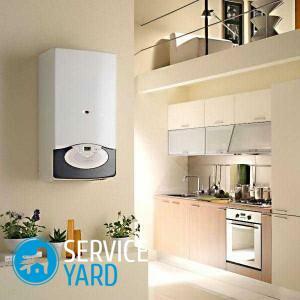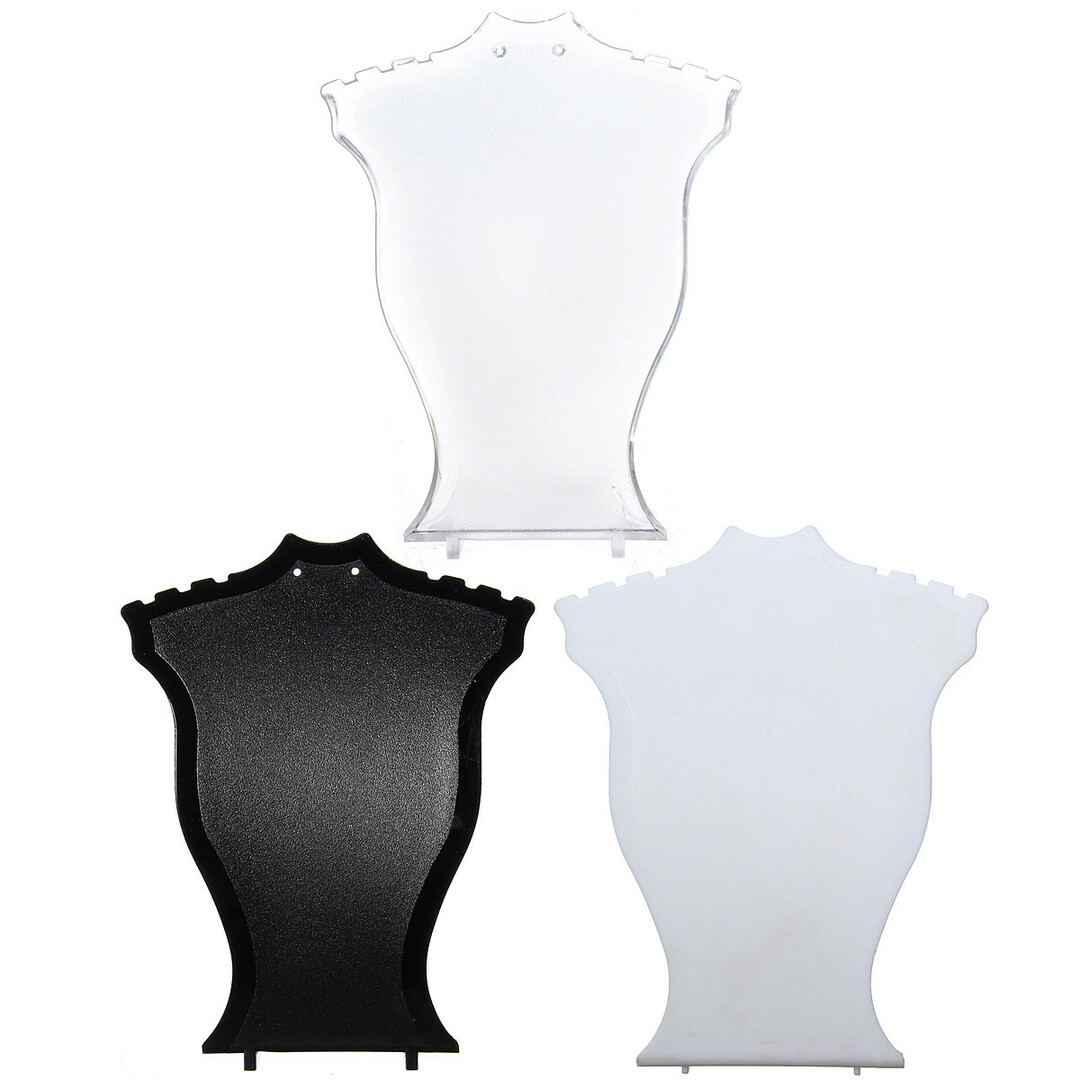
- How often is boiler flushing necessary?
- Methods for cleaning heat exchangers
- Cleaning liquids
Heating boiler is a complex technical equipment that needs regular maintenance, otherwise gas leakage, heat exchange can occur. One of the most important operations that must be done constantly is cleaning the heat exchangers, as well as the boiler itself. Continuous use of the thermal system leads to the formation of a deposit on the walls of salt, lime and other minerals contained in water. In addition, if the water in the region is stiff, the scum is formed rather quickly and for a short time disables all equipment.
to contents ↑How often is boiler flushing necessary?
In the network you can find conflicting information about how often it is necessary to flush the dual-circuit boiler of the heating system. Some say that it is necessary to clean it once a year, according to other sources - cleaning should not be more frequent than every 4 years. In reality, the need to clean the heat supply system depends entirely on its use.
Here are some indications that the boiler and heat exchangers need to be cleaned:
- The consumption of gas, electricity or other energy resources has increased dramatically. As a rule, because of the scale and deposition of mineral substances inside the heating elements, fuel consumption increases up to 15%.
- The heat transfer capacity has significantly decreased. So, the radiators warm up a very long time, there is a constant low temperature of the devices, despite the fact that the burner is constantly working. This is an essential reason to wash the heat exchanger.
- If there is a decrease in the pressure of hot water, then most likely, the cause should be sought in problems with the heat exchanger. Due to a strong layer of scale, water is not able to go under the proper pressure.
- Cleaning of the gas boiler heat exchanger is necessary when the water circulation pump is stressed. At the same time there is an increased noise level, permanent shutdowns, interruptions in its operation.
Important! As a rule, the design of a dual-circuit boiler system is created from very reliable materials, so it does not need constant repairs. In addition, the cost of spare parts for them is very high. Cleaning the system will help not only save the budget for maintenance and repair, but also protect the device from serious failures.
to content ↑Methods for cleaning heat exchangers
Flushing the heat exchange system can be very different. Each method has its pros and cons, which allows you to choose the most optimal for yourself.
Manual cleaning
This is the most simple but effective way that you can conduct without involving professionals. You only need to remove the heat exchanger from the boiler.
Further cleaning can occur in two ways:
- Mechanical method - plaque is removed with a metal brush or brush, deposits and other mechanical particles can be cleaned using the most common vacuum cleaner. But to remove dense contaminants you will need a thin scraper.
- Flushing - the parts of the heat exchanger are soaked in special cleaning solutions with high acidity. This method is especially good for double-circuit boilers, because they are very difficult to clean manually.
Important! Despite the fact that cleaning the heat exchanger of a double-circuit boiler by your own hands is not at all difficult, care must be taken, especially when analyzing the system. Especially careful to remove seals, which are easy to deform.
Chemical cleaning
This method consists in attaching a special booster device to the heat exchanger system. With it, an acid solution is loaded, which dissolves even the most persistent impurities.
Important! The pressure produced by the booster is quite strong, and the cleansing agent is run through the entire system. Chemical cleaning is designed to remove all types of scale, iron and salt deposits.
Specialists recommend that after washing the boiler run an alkaline solution into the system to neutralize the acid.
Important! The big disadvantage of the chemical method is the high cost of acidic substance, which, to all other things, leaves toxic waste and can spoil internal metal parts.
Hydrodynamic cleaning
The big plus of this method is that the heat exchange system does not need to be disassembled. With the help of the installation in the pipeline, a huge pressure is injected - up to 1500 bar. Due to this, all impurities, including scale, salt deposits and other impurities, are removed under the influence of water jets.
This method is very effective and does not damage the system of a dual-circuit boiler. But on the other hand, cleaning the boilers with this method costs a lot of money, because it is necessary to hire specialists or rent expensive equipment.
to content ↑Cleaning liquids
In order not to damage metal parts and thoroughly clean the boiler and heat exchanger, it is very important to choose the washing liquid correctly:
- Specialists recommend using only hydrochloric acid - it least harms the structure of iron, of which it consiststhermal system. In addition, it perfectly removes even the oldest and persistent pollution.
- Citric acid, although it has a low pH, perfectly copes with the descaling and salt deposits.
- Modern cleaning fluids, such as Sanax, Detex and Cilit, also successfully cope with boiler flushing. True, many note that they are not able to remove a strong scum, which is already ingrained in the structure of the metal.
Important! When using acid substances and purchased cleaners, you must always use rubber gloves and a mask. This will protect the skin and nasopharyngeal mucosa from chemical burns.
Timely flushing of the gas boiler from scale is the best way to protect expensive equipment from premature wear and tear. It is necessary to be attentive to the condition of the heating devices, and at the first signs of disrupting the work to do cleaning. If you are not sure that you can clean the system with your own hands, then it is best to seek the help of specialists who will efficiently and accurately remove the heat exchanger from contamination.



